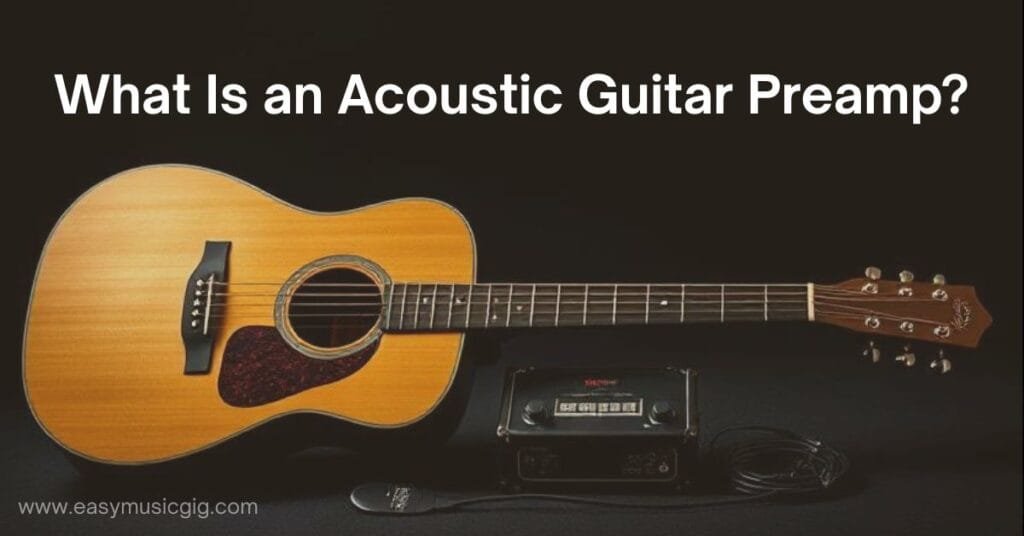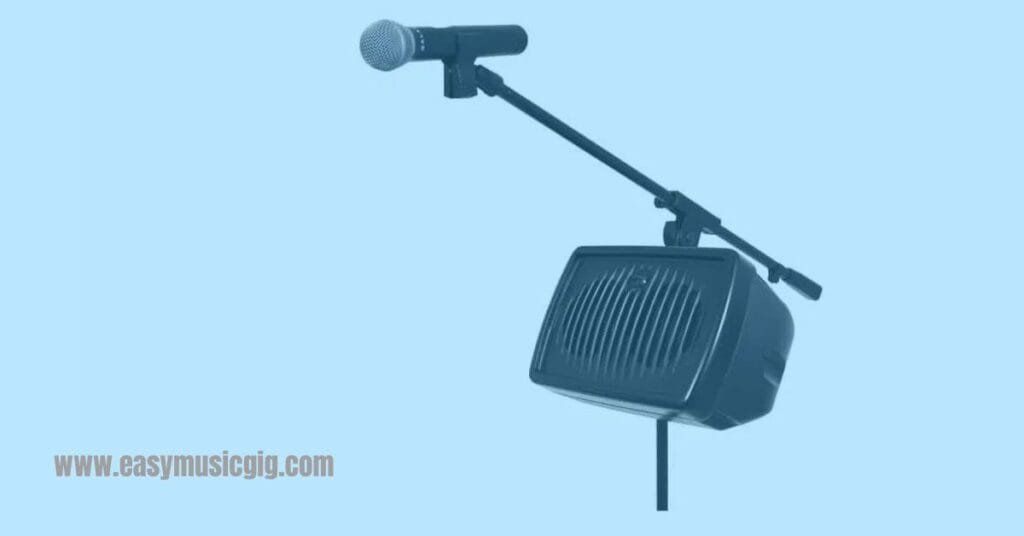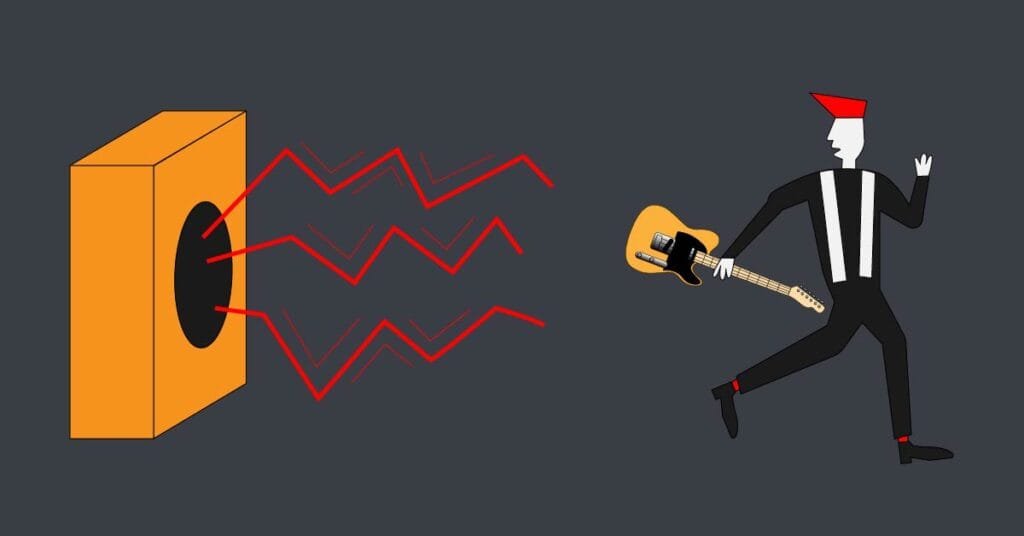What Is an Acoustic Guitar Preamp? When and Why You Might Need One
If you’ve ever plugged an acoustic guitar into a mixing desk or amp and realized your tone sucked or had to deal with feedback, you’re not alone. Achieving a natural, great-sounding acoustic guitar is easier than you might have thought. All you may need is a simple, quality acoustic guitar preamp. What is it, what does it do, and do you need one? Let’s try to answer these questions.
What is an acoustic guitar preamp?
An acoustic preamp is an electronic device that boosts and shapes the signal from your acoustic guitar’s pickup before it reaches a PA system, acoustic amplifier, or audio interface. Think of it as a tiny sound producer between your guitar and the rest of your rig.
This little device transforms the weak electrical signal from your guitar’s pickup into a strong enough signal that professional audio equipment can work with. The signal that is produced is a line-level signal and is often shaped to match the venue’s acoustic characteristics and your personal preferences.
Acoustic guitars usually come with built-in electronics with a basic preamp. For more control and quality, we use external preamps. Acoustic guitar preamps are designed to faithfully reproduce your guitar’s natural sound. The sound should always be as undistorted, clear, and transparent as possible.
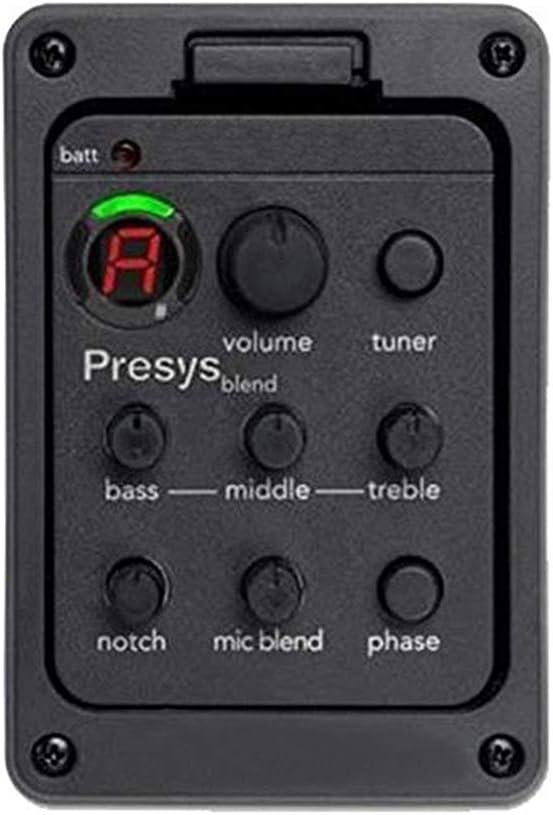
Other types of acoustic preamps include rack-mounted and desktop preamps, but they are used for studio applications and offer the most comprehensive features. We will focus on pedal acoustic preamps for which are used for live performances.
What does a preamp do for an acoustic guitar?
Here are the main functions of an acoustic preamp:
- Boosts the signal: Acoustic pickups produce too weak signals for audio production. An acoustic preamp makes that weak signal strong enough for mixers and amps
- Impedance matching: The worst sound you can get from an acoustic guitar is when you plug one with a piezo pickup directly into a mixer. The tone you get is often described as “quacky”. A preamp matches the impedance of your pickup with that of a mixer.
- Shapes the tone of your acoustic guitar: Almost all acoustic guitar preamps come with EQ controls, some with parametric features for detailed EQ-ing. Furthermore, acoustic preamps come with presence and notch filter features. Some even have inputs for effects loops. The EQ section of an acoustic preamp is critical for tailoring your sound to various venues. The EQ controls on acoustic preamps are designed for acoustic instruments.
- Helps with feedback: Acoustic preamps very often include anti-feedback features to help eliminate low-frequency feedback that is common with acoustic guitars in live performances
When to use an acoustic preamp?
1. Playing live
Acoustic guitars with built-in onboard preamps are more of an essential tool rather than a professional solution for your live acoustic guitar tone. They often lack the power and tonal flexibility needed for diverse performance environments. A dedicated acoustic preamp is a must for those playing various venues with different PAs. The DI boxes that are provided are not always of the best quality, so having a good acoustic guitar preamp ensures you have a consistent tone from night to night.
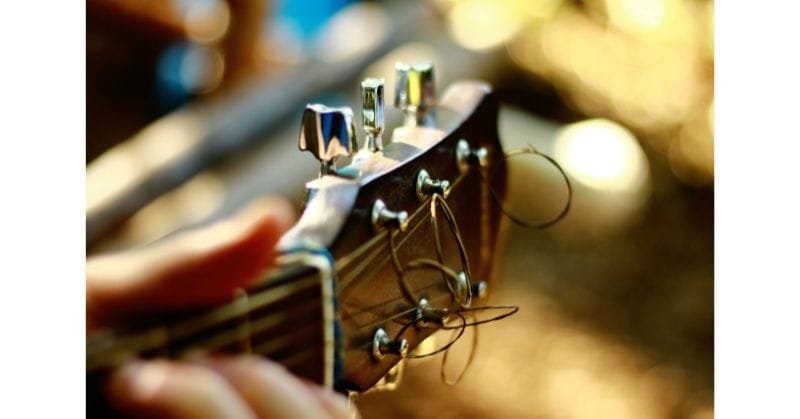
With an acoustic preamp pedal, you will easily battle feedback. Let’s not forget that acoustic preamps ensure that your guitar’s impedance matches the source’s input impedance. Feedback is a common issue when playing the acoustic guitar live. With the use of an acoustic preamp, this problem can be easily solved.
2. Recording applications
When recording any instrument in the studio, it is necessary to capture its tone as best as possible. To do that, the built-in electronics are not enough. Studios are equipped with all types of preamps, but this is not always the case. In today’s world, bedroom studios are a normal thing, and they’re not blessed with top-quality gear. They usually rely on the preamp that’s built into the audio interface for recording. With a separate, dedicated acoustic preamp, results will be far more professionally sounding.
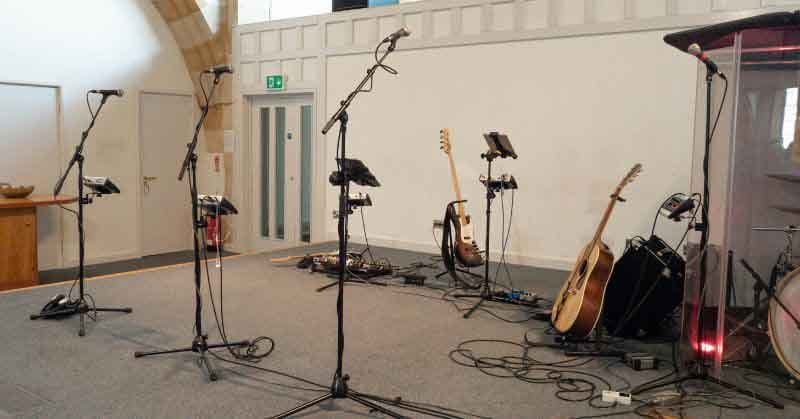
3. Mixing different pickup types
Some acoustic and semi-acoustic guitars have multiple pickup systems. They can be piezo, magnetic, or a microphone placed in the guitar’s body. Preamps with multiple inputs are needed for these guitars, whether live or in the studio.
Key features to consider
When looking for an acoustic guitar preamp, look for these main features. Some will be more, some less important for you and your playing.
1. Preamp quality
Not all acoustic preamps are the same. Some will give you enough quality for your preferences, but some musicians with top-quality acoustic instruments demand only the best. Some preamps are focused mainly on the preamp, while others may focus on having several handy features.
2. EQ section
Consider your tonal needs before purchasing an acoustic preamp. Some devices have the basic treble and bass controls, while some go all the way and have advanced parametric EQ features. The EQ section is the most important part of an acoustic preamp after the preamp itself.
3. Input and output options
Input options are important for those who play acoustic instruments with multiple pickups. It is essential to have the capability of blending these signals with your preamp in order to get that tone you are looking for.
Outputs are as important as inputs. A good acoustic preamp should have at least one additional output besides the usual XLR DI output. The additional outputs offer you a way to monitor your acoustic guitar’s sound, not depending on the sound engineer.
4. Feedback control
Feedback issues are normal for live acoustic performances. Many acoustic preamps include anti-feedback features and notch filters for combating feedback which is usually caused by monitor placement and the venue’s acoustics.
Popular acoustic guitar preamps
- LR Baggs Para DI – a standard, small, and simple preamp and DI box for live gigging. It features a 5-band EQ section with detailed notch and mid-frequency customization, phase inversion, and a professional grade DI output
- Fishman Platinum Pro EQ – This preamp has similar features to the LR Baggs plus compression, tuner, and boost options, making it a perfect all-in-one solution for travelling musicians.
- Nux Stageman Floor Preamp – An affordable acoustic preamp and DI with a basic looper, chorus, and reverb effects.
- Fishman Platinum Stage Analog Preamp – One more Fishman, but with simplicity in mind. It is a compact analog acoustic guitar preamp with a 3-band EQ section with parametric mid frequencies. One of the smallest acoustic DI boxes with an XLR output.
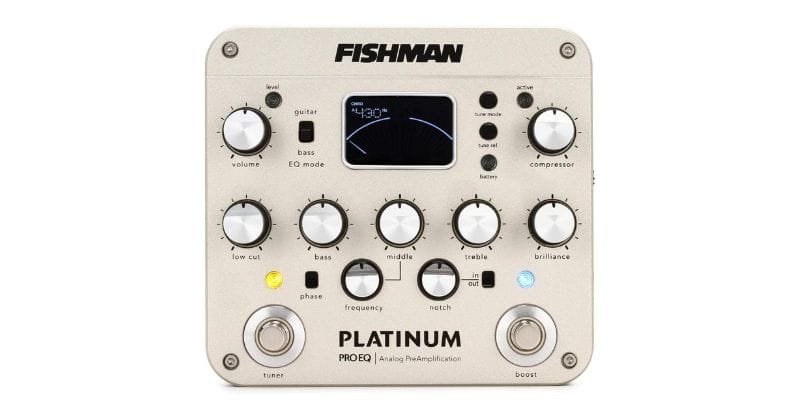
Final thoughts
If you want your acoustic guitar to sound as good as possible during your gigs wherever you play, an external acoustic preamp is probably the best investment you can make. It will help you with feedback, enhance your tone, and perhaps provide you with some additional features like effects, a tuner, and boost.
Professional touring musicians choose the most advanced preamps, but if you play occasionally and don’t need all the bells and whistles, a basic acoustic preamp might be enough for your needs.
Next time someone asks you, “Are acoustic preamps worth it?”, have in mind that a good acoustic preamp:
- Has an advanced EQ section with sweepable frequencies
- Adds warmth and clarity
- Enhances details
- Helps with feedback
